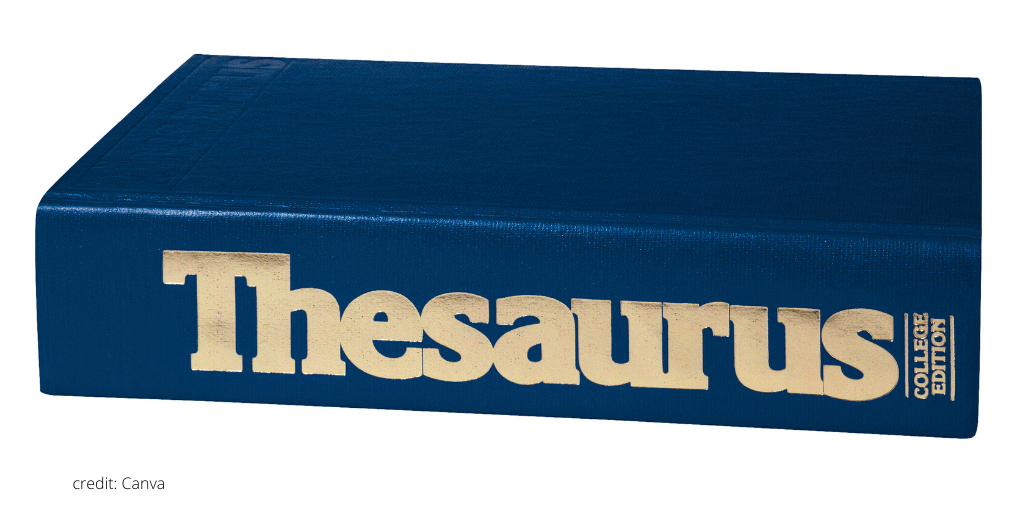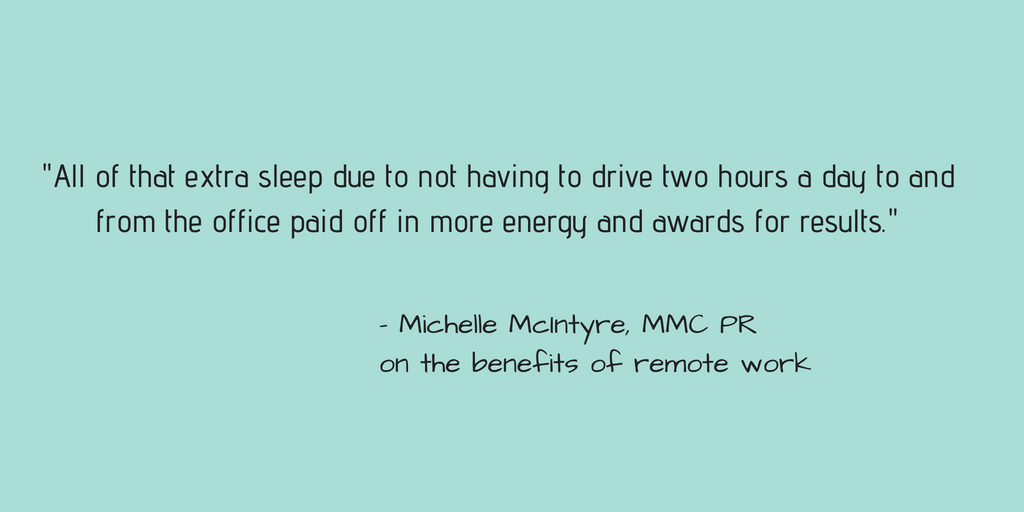
To succeed in public relations and marketing communications you must stay on top of the trends. Here are 9 timely tips from the experts designed to help startup founders be successful in 2020. They cover keeping it personal, conveying timely messages, using visuals that pop, how to stick with a writing goal, the importance of content marketing and teaming with other PR professionals.
Here are my favorite PR tips for 2020 and the expert associated with each:
1) Use easy-to-understand visuals that pop when storytelling.
Who’s the expert? @LouHoffman of @Daily Brew aka #IshmaelsCorner blog
The first tip comes from Lou Hoffman, head of Hoffman Communications. Hoffman loves incorporating visuals when conveying a message. More specifically he advises, “Dress up the company timeline as a storytelling vehicle.” And do this in an easy to understand attractive way. I particularly liked his advice to not make infographics too busy or overly complicated. A company timeline could become a bear image if not managed right, for example, don’t make someone tilt their head sideways to read a timeline. Hoffman has done a decent job establishing his agency as a top one in the Silicon Valley with a very strong presence globally especially in Asia. He’s also a really good speaker.
2) Be timely in your PR messages.
Who’s the expert? Melissa DiMercurio @StantonComm
This tip comes (indirectly) from Stanton Communications a PR firm serving corporations, industry associations and not for profits globally. As I was looking up hot PR trends online I came across a super timely December blog post by Melissa DiMercurio on the Stanton website with the headline, “Iced Holiday Beverage, Peloton Backlash, Baby Yoda and More.” I was impressed they just blogged about very current image related news hitting all of the key words and saying intelligent things. A lot of time people blog about something more evergreen or out of date. They were quick and smart enough to write something that was timely that day and get it published fast. Nice.
3) Add a human element to your PR campaign.
Who’s the expert? @Jalila as quoted in @AdAge
Jalila Levesque of a company called FF said in a recent blog post, “In a world that’s becoming increasingly ruled by algorithms and robots, PR strategy must be driven by emotion and have that human element to be more meaningful and lead to a growing focus on expert, local and enthusiastic micro-influencers, instead of macro-influencers.”
Yes, we keep hearing that PR needs to focus on analyzing results using digital tools and incorporate more AI, yadda yadda yadda and so on. But behind all the digital activity that might include Meltwater, Sprout, Cision or Hootsuite tools, keep the human touch alive.
4) Share knowledge with other PR professionals.
Who’s the expert? Hailey Johnson of @ThreeSixtyEight
Hailey Johnson recently said in a 2020 AdAge trends article, “PR professionals and marketers working together and sharing knowledge is the new trend.” She adds that if a PR pro has a specific capability you don’t have, hire them to help.
I agree. I reviewed all of the ways I got new business since I became a consultant: surprisingly a significant portion came through key PR contacts either via referral or through directly hiring me for a project. Stay in touch with your PR friends by joining @PRSA or inviting people to lunch. It’s also fun hanging around your PR peers.
5) See PR as part of the big marketing campaign.
Who’s the expert? Vicki Ho, Movement Strategy
Vicki Ho of Movement Strategy a “social-led creative agency” said recently in an AdAge 2020 trends story, “One of the most important trends I’m seeing within public relations on the agency side is the value the industry is placing on our strategic role within a larger marketing campaign, rather than just being valued for the end results.” Her firm has done campaigns for Party City, Netflix, Under Armor and others. I’ll add, think about how you fit into the whole picture and create ideas from that perspective.
6) Use a thesaurus when writing.
Who’s the expert? Laura Hale Brockway via a Ragan @PRDaily quote
Laura Hale Brockway likes to write about writing. In mathematical terms she’s like writing squared. Her recently story caught my eye that listed 50 alternatives to the word “excited.” This is a great headline because marketing and PR people use “excited” as a default in press release quotes, e.g. “Our two awesome companies are excited about collaborating on this project.” Ugh. Don’t do this.

Hale Brockway says, “A thesaurus can come in handy when crafting a press release, especially when using the same old words. Here is a list to help strengthen your pitching vocabulary.” I agree. Shoot down those overused starting-to-sound-meaningless words in favor of more expressive writing like “eager,” “thrilled” or “animated.” This takes risk so my other advice is to be brave.
7) Content marketing will be the queen bee of 2020.
Who’s the expert? Michelle McIntyre MMC PR @FromMichelle

Content marketing is going to be the queen bee in 2020. It’s the top way to garner attention for your business. Here are some ideas about how to do it. Blog about advice related to your industry. Blog about trends in software as a service, AI, quantum computing, future of work, collaboration, printer security, or whatever problem your company helps solve.
The problem is wanna-be bloggers have trouble with headlines and deadlines. Headlines are what you are going to write about. A PR expert can advise you on that. But, how do you achieve deadline goals? We all know it’s smart to write on a regular basis like six or 12 times per year. Simply set up a reward or hammer system. If you write six blog stories over six months reward yourself with a monthly subscription to a new streaming video channel like Hallmark or Hulu.
A hammer is more of a self-punishment. Laura Hale Brockway advises how to achieve writing deadlines via hammers in her Impertinent Remarks blog. She said if you don’t make your writing deadline get creative, for example, force yourself to donate to a political campaign you are against. That’s innovative for sure but on this end I will stick to rewards.
8) Become a thought leader in your industry on something specific.
Who’s the expert? @WendyMarx, Author and President of Marx Communications
Wendy Marx says be a thought leader on something specific in your industry to garner attention. She elaborates in a LinkedIn story, “At first, many people make the mistake of claiming expertise in everything. But realistically, it’s just not possible. Especially in the beginning, it’s important to focus on one main area.”
She’s right. From a PR standpoint if you stand for everything and are all over the place no one knows why they should buy your product, hire you or interview you for a feature story. Tell a prospect, “I offer a freemium consumer app that tells you the least expensive parking space available now in San Francisco” instead of “I make busy people’s lives easier.”
9) Public relations are personal relations.
Who’s the expert? Warren H. Cohn, @WarCo1 of @herald_PR via @Forbes Council
Warren H. Cohn who started a couple of communications firms elaborates on keeping communications personal in a recent Forbes Council post: “For PR specialists to thrive, they must research their target audience and deliver personal messages.”
He’s right. Spray and pray PR pitches often fail. In a world where everyone depends on technology to communicate, break down digital walls to keep business personal, and your results will reflect your efforts.” As a side note, even though Forbes Council stories are paid content, some of the advice is quite good.
I agree with this especially in this age of “automate everything.” Yes, I believe in digital transformation and incorporating tools like artificial intelligence, but not at the expense of developing relationships with people.
In summary, some of the PR trends to utilize for success in 2020 include visual storytelling, hyper personalizing, more content marketing, seeing PR as part of the big picture and being specific in your thought leadership message.
What trends do you see?
###
About the author: Michelle McIntyre is founder of Michelle McIntyre Communications LLC, a seven year old Silicon Valley public relations consulting firm. An IBM PR vet, she holds 11 awards for outstanding results. @fromMichelle on Twitter
Photo credits:
2020 Road image: Shutterstock
Thesaurus image: Canva
Michelle McIntyre image: Michelle McIntyre






















